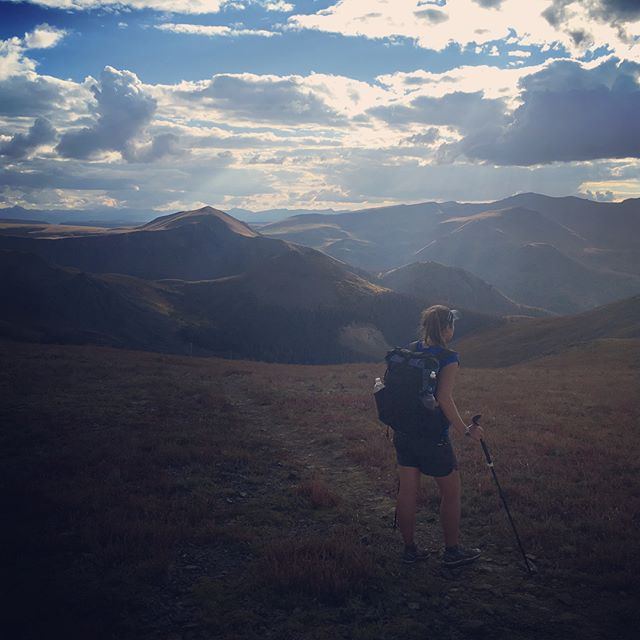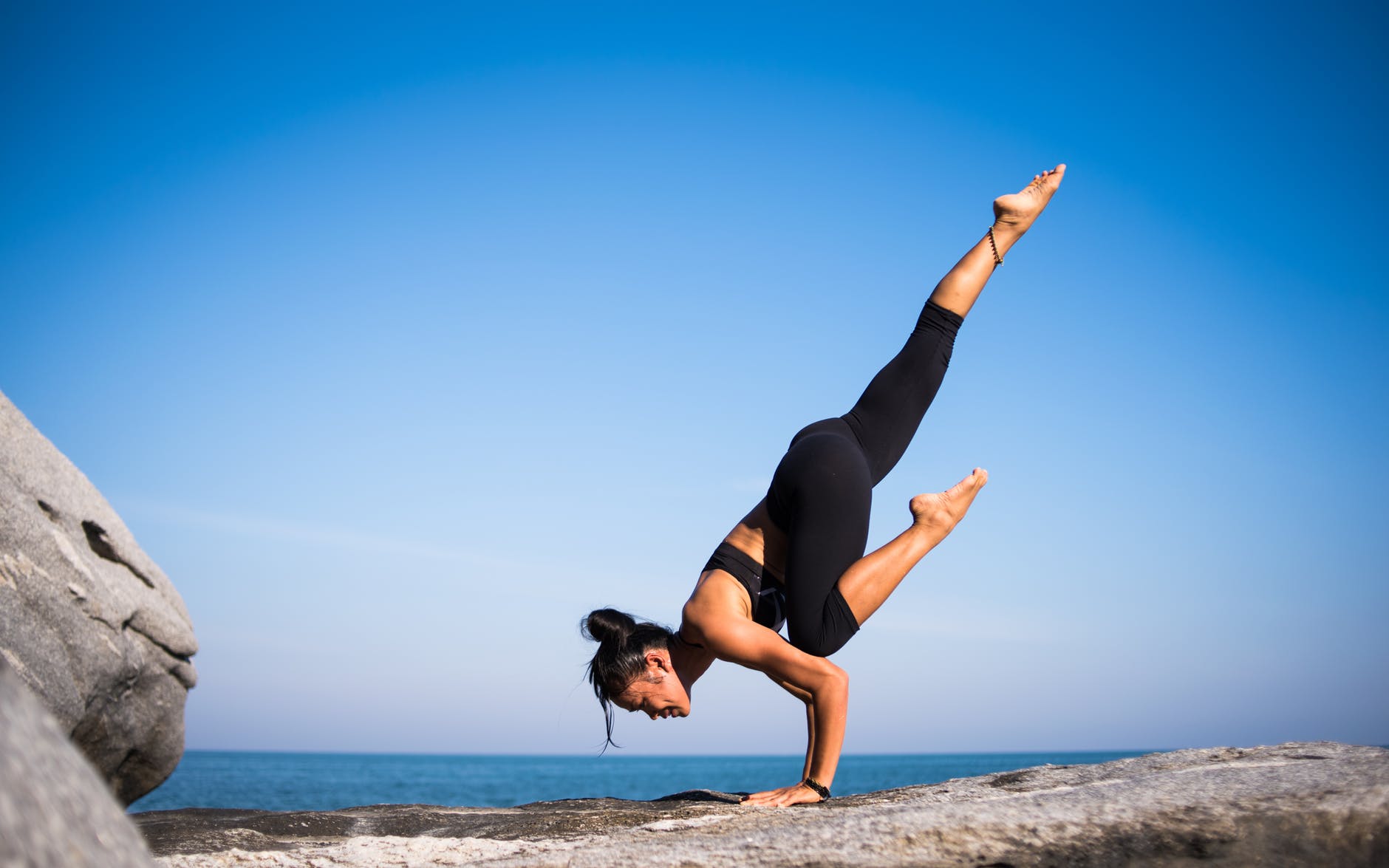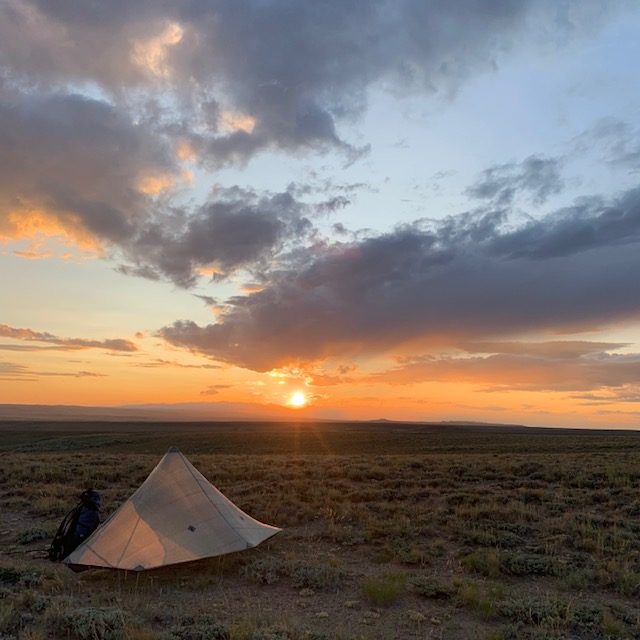A Blueprint for COVID-19
A global pandemic is enough to shake even the most grounded of us into fear, anxiety, and overwhelm. This is a perfectly human response and it’s important to acknowledge and to feel what we’re truly feeling. However, if we stagnate in those emotions, we decrease our immune function and squander our precious life energy.
In a nutshell, how this works is that our brains respond to fear by activating the sympathetic nervous system, which causes us to produce more adrenaline and cortisol. Over the short term this is fine, and even beneficial when escaping prey, but over time, it wreaks havoc in our bodies, decreases immune function, reduces mental clarity, and eventually leads to chronic illness.
The intention of this post is to provide practical strategies for finding your center during times of uncertainty. And really, all of life is uncertainty, so being adept at finding your footing is a worthy endeavor.
Before we go any further, I want to speak to my privilege. I recognize the extent to which millions of people are suffering right now. I know that I’m fortunate to be in good health at the moment. I understand that I’m privileged to work from my laptop, from a safe space, and to have the resources to purchase food and supplies.
This is not the case for others. This post is not meant to diminish or minimize anyone’s suffering. It’s intended to offer a path forward as we all manage our perfectly human responses of concern, worry, and fear amidst a sea of uncertainty and rapid change.
A Framework
Leaning into the stoic perspective can be particularly useful in times of massive upheaval. Stoics not only expect obstacles and uncertainty, they embrace them as a path to growth and freedom. The intention is to alchemize every experience, “positive” or “negative”, into lessons. These lessons can be used to live a more expressed version of your life, to unblock limiting beliefs, to dismantle unfounded fears. They can also be shared with others with the intention of easing the learning curve.
That idea, along with a deep TRUST in reality and in myself is the foundation of what keeps me most grounded. I do as much as I can do to intelligently prepare for a situation, to mitigate risk, and then I trust that life will unfold as it’s meant to. I trust that the challenges I/we go through will ultimately be for the best, and I trust in our resilience.
If either, or both, of those perspectives serve you, feel free to put them on right now, as you would a cloak. From there, use the following strategies to further ground yourself in this time of turbulence. Generally, it helps if you go in order.
Accept What Is
Resisting or being in denial of reality is a waste of energy and it does nothing to move you or the collective towards a solution space. We are living through an unprecedented health crisis. Recognize it for what it is. We don’t know what’s going to happen. We fear what we cannot control, and the unknown is something we cannot control.
When we’re in fear, we suffer because we want reality to be different from what it is. When we stop arguing with reality, we free ourselves, and we’re able to consciously choose how we wish to respond.
Check In with Yourself
Ask yourself the following: “How am I doing right now? On a scale of 1-10, how do I feel?” Honor whatever comes up. Based on the first answer, ask “What’s the next best thing I can do to go from a 3 to a 4 (for example)? What’s the next small step?”
Give Yourself What You Need
Take the information you gleaned from the check-in and give yourself what you need. Maybe it’s a bath or to connect with a friend or to be in nature or to get in a workout or to paint. Whatever it is, give yourself what you need to create a sense of personal safety and ease. Don’t discount the impact of small practices. Acknowledging and taking care of your needs is essential to remaining grounded. A big piece of taking care of your needs will involve taking care of your physical body.
Nourish Your Body
There’s never been a better time than now to take care of your health. Physical health is the foundation of mental/emotional health. The basics (below) of taking care of your physical body by extension create a resilient immune system. Optimal health and resilience is something that’s built over time, through the combination of several practices. If you’re not already doing all you can to support your precious body, start now.
- Reduce Stress (physical, emotional, mental). Meditation is a great tool.
- Sleep, at least 7-8 hours nightly, if possible.
- Eat fresh food to the extend that you can afford to do so.
- Cut out sugar (a major immune suppressant!).
- Get sunlight daily.
- Move your body. Walk, do yoga, find YouTube workouts.
- Breathe. In times of acute stress, start with 4-7-8 or box breathing.
Each of these could be a whole article in itself, but for now, just start and do your best. These physical practices are something you CAN control right now and they’re a way to empower yourself.
Create Stability Anchors
During times of uncertainty, it’s imperative to intentionally create practices that anchor you when the wild waters of change are pushing you to and fro. Stability anchors are anything that are consistent and reliable in your life and which create a sense of safety. The best stability anchor is internal and goes back to the “Framework” section, discussed above. From there, put external stability anchors in place, but know that anything external (which is susceptible to falling away) will never be quite as solid as internally generating a sense of groundedness and trust.
Routines can be indispensable in this category. If you’ve been knocked out of your normal routine, do your best to establish a new one and stick with it. Stability anchors can also include safe housing, regular phone calls with loved ones, a daily morning walk, an evening wind down ritual, or a healthy meal plan.
Protect Your Mental Space
Think of your mind and what goes in it similarly to how you think of your body and the food you eat. If you allow junk into your mind, it will have a direct impact on your clarity, focus, and emotional state. Be cognizant of what you’re putting into your brain. This includes anything you read, watch, listen to, and who you converse with. Choose wisely when it comes to news sources, podcasts, social media accounts you follow, and the company you keep. It’s all influencing you.
On that note, be mindful of how much time you spend taking in outside sources of information. Be informed, but be aware of at which point you’re no longer gathering information and you’re just feeding the reptilian (fear-based) brain.
Personally, before consuming content, which pushes me into reaction mode, I prefer to make the most of my cognitive fuel by focusing on my own creative work and my intentions for how I want to feel. This requires solitude, or at the very least, closing off the fire hose of incoming information. Turning off notifications, leaving your phone on Do Not Disturb and giving yourself time limits on social apps can work wonders for this. On Instagram, do this from your profile page by going to the three lines in the upper right corner > Settings > Your Activity > Set Daily Reminder.
Articulate the Silver Lining
I believe hope and optimism are powerful forces, especially in crisis. I’m not referring to blind positivity. I’m speaking to the importance of seeing a potential upside to a situation, so that you don’t get bogged down in the heaviness.
Yes, this situation is real and it’s having massive impacts on every single one of our lives. And while being informed is essential (we’ll get to that next), it’s important not to focus solely on the bad. That’s what our brains will naturally do as a primal protection mechanism, but that often leads to a negative spiral and paralysis. Again, sitting in that fear state does not serve you or those around you. When you operate from a place of emotional strength and calmness, it has a powerful effect on others.
So, can you take the 30,000’ view and find a silver lining? Start close in. What can you be grateful for at this moment? You’re alive. You have the resources to be reading this. Your list may also include having a roof over your head, being given the chance to slow down and focus on your health, having more time to spend with family, having space to work on art or other creative projects. Next, move out to a larger scale. Is there beauty to be witnessed? Are there lessons to be gleaned? Perhaps this includes awakened compassion, taking care of each other, generosity, increased resilience, the connection found in shared hardship, and the creativity that comes out of necessity and restriction.
Educate Yourself
Stay informed. Investigate. Assess the risks and focus on actionable problem-solving strategies you can employ.
Part of staying grounded is knowing the reality of a situation. It’s not burying your head in the sand and being in denial. Without an accurate assessment of the situation, the mind will create stories. Get your information from reliable sources and take the precautions necessary.
Personally, I think it’s preferable to potentially overreact and to do what I can to be part of the solution than to under react completely and know that I could’ve done more.
In this instance, know the signs of infection, know how to prevent infection, and know what to do if you or a loved one gets infected (ie. have a plan, which we’ll cover next). There are plenty of resources covering those topics, so I won’t detail them. Start here.
Here are some further resources to help, both for your own education and for further re-sharing:
- Coronavirus stats – This page shows frequently updated virus stats for all countries, so you can see at a glance what’s happening. Also follow some of the links for deeper stats and data.
- Stay the Fuck Home – This is a good page for referring people. It shows simple actions to be taken immediately and handle multiple translations for different languages.
- Coronavirus: Why You Must Act Now – Tomas Pueyo’s powerfully persuasive piece with lots of math-based reasoning, charts, and graphs (more than 28M views in the past week).
- Jason Warner’s Facebook post – A solid math-based post to help persuade people of the importance of changing behaviors immediately.
- Messages from Italy – This is a short YouTube video of Italians under lockdown sharing what they wished they’d known 10 days earlier.
Have a Plan & Take Action
Action dissolves overwhelm. It feels better to do something than to feel like you’re simply responding to whatever happens. Knowing how you’ll respond in a worst case scenario further dissolves anxiety. As they say: Hope for the best, plan for the worst.
Do your best to prepare and to mitigate risk. The following list was taken from this excellent article.
- Slowly start to stock up on enough non-perishable food to last your household through several weeks of social distancing at home during an intense wave of transmission in their community.
- Think through, now, how you will take care of sick family members while trying not to get infected by them.
- If you have loved ones in an aged care facility, ask the facility about its plans for keeping their residents safe from flu (a similar situation) and whether they have thought about what they will do if SARS-CoV-2 is spreading widely.
- Check that your parents and grandparents have prepared a Will and have considered an Enduring Power of Attorney in case they are unable to make care-based decisions for themselves.
- Think through how you will take care of dependents if you are sick yourself.
- Make plans for childcare when you are sick, or when your child is sick.
- And of course: Take measures to not get sick (truthfully, these are actually measures to « get sick as late as possible »)
- Practice touching our faces less. Right now, today, start practicing not touching your face when you are out and about! You probably won’t be able to do it perfectly, but you can greatly reduce the frequency of potential self-inoculation. You can even institute a buddy system, where friends and colleagues are asked to remind each other when someone scratches her eyelid or rubs his nose.
- Replace handshakes with elbow-bumps (the “Ebola handshake”).
- Start building harm-reduction habits like pushing elevator buttons with a knuckle instead of a fingertip.
- Build your immune system now. Get your vitamins, eat your vegetables, go for a walk barefoot in the sun.
Other ways to take action:
- Share the above message in the hopes of informing anyone who may not be taking the necessary precautions; this literally saves lives.
- Serve someone. Is there someone you can help with your words?
- If you can afford to do so, continue to support your local economy.
- Learn something new.
- Connect: call/text/facetime the people you love.
- Move your body.
- Create something beautiful and share it.
Take It Day by Day
Trust. Know that humans are resilient. You’re resilient. We’ve been through crisis before and we’ll get through this. Yes, there have been lives lost and many more will be lost. All you can do is control what you can control and let go of the rest.
Things are changing rapidly. Step outside and ground into nature. Stay fluid and flexible. Allow yourself to feel it and then come back to your center.
Practice
We become what we continually practice.
Cultivating inner strength and resilience is a process, not a destination. You will falter. You will spin out from time to time. That’s okay. That’s our humanity and it’s beautiful. Let it happen when it happens. And when you’re ready, breathe, and return to the practices in this blueprint. Return to your center.
Download all of our free holistic health resources here.













